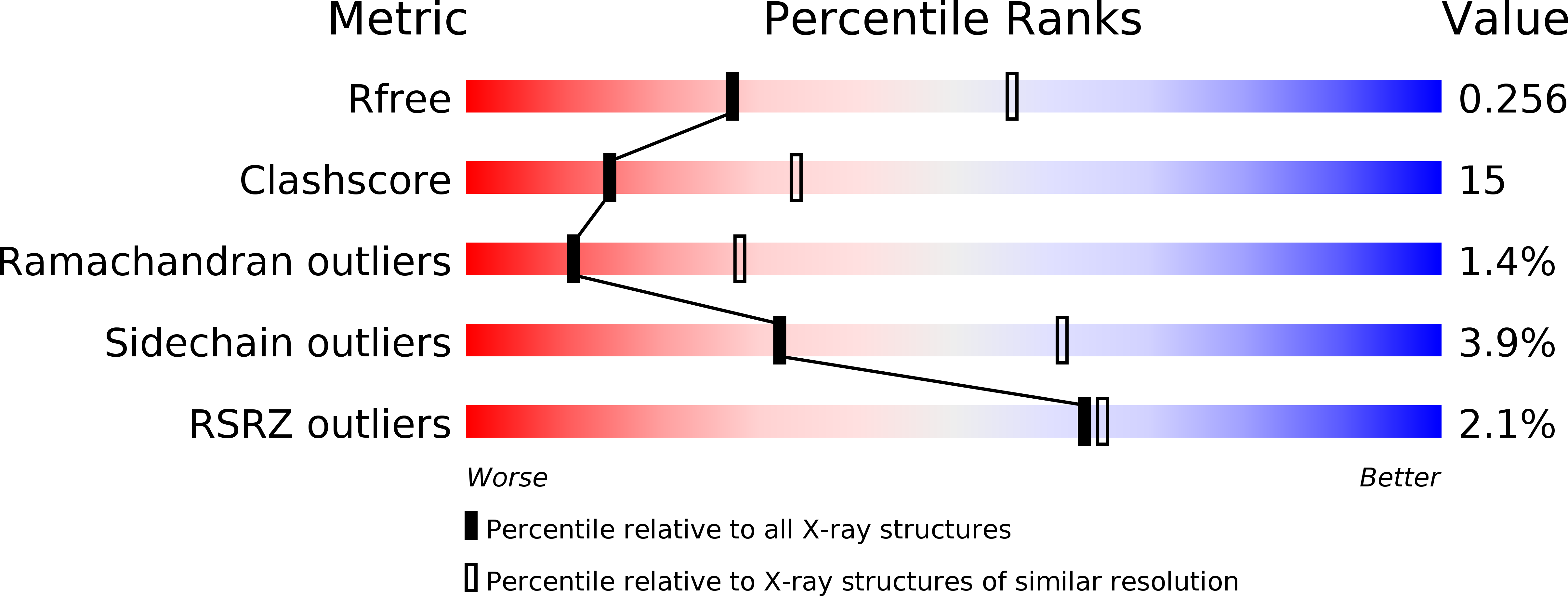
Deposition Date
2008-10-09
Release Date
2008-11-11
Last Version Date
2024-11-06
Method Details:
Experimental Method:
Resolution:
2.70 Å
R-Value Free:
0.24
R-Value Work:
0.20
R-Value Observed:
0.20
Space Group:
P 31 2 1


